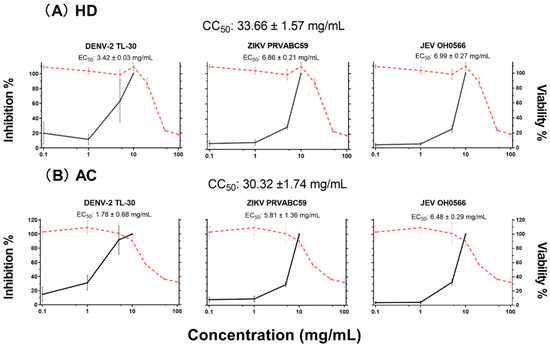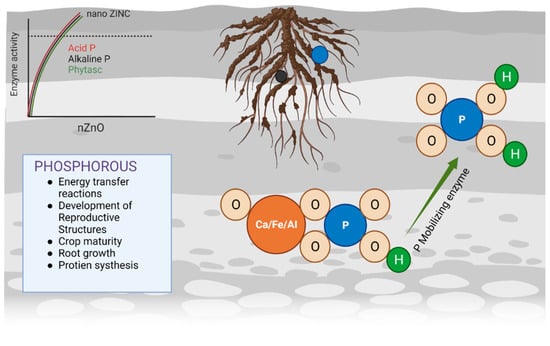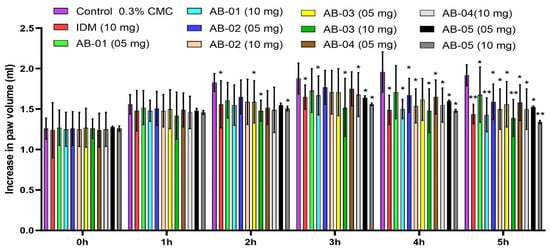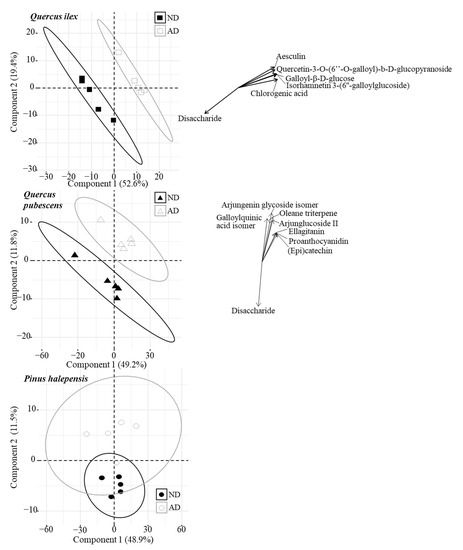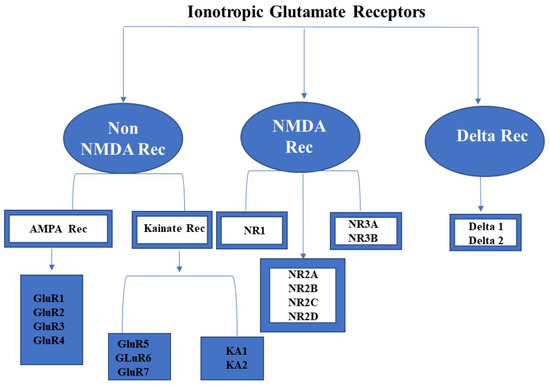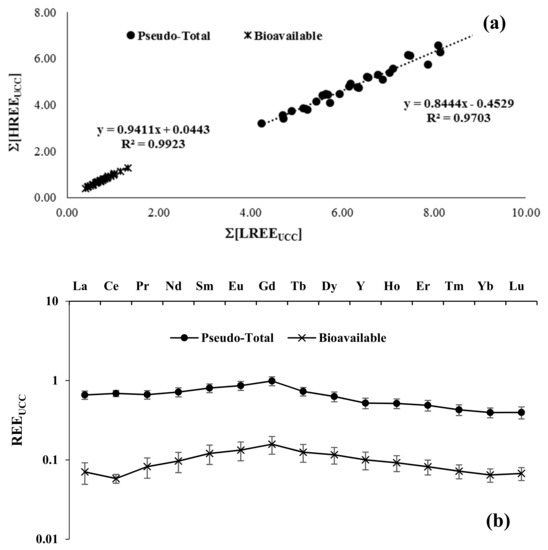Plants 2022, 11(19), 2592; https://doi.org/10.3390/plants11192592 - 1 Oct 2022
Cited by 2 | Viewed by 2234
Abstract
In the Mediterranean Basin, a critical focal point for the conservation of plant diversity, there has been a large increase in practical conservation actions for many plant species to prevent extinction and to improve their conservation status; quantifying the effectiveness of these initiatives
[...] Read more.
In the Mediterranean Basin, a critical focal point for the conservation of plant diversity, there has been a large increase in practical conservation actions for many plant species to prevent extinction and to improve their conservation status; quantifying the effectiveness of these initiatives in reversing species declines is urgently important. In 2021, the International Union for Conservation of Nature (IUCN) launched a new tool that allows the impact of conservation actions on plant species to be assessed. The Green Status of Species is a new set of metrics under the Red List of Threatened Species that assigns species to recovery categories, complementary to the classic extinction risk categories. Crucially, the Green Status of Species provides methods to evaluate the impact of past conservation, and the potential for future conservation impact, on species status and recovery in a standardized way. Considering the efforts made so far for the conservation of Mediterranean threatened plants, using the Green Status of Species would be highly useful to direct future conservation policies. We, therefore, encourage botanists and practitioners working on threatened plants in the Mediterranean area to use this new assessment tool to inform conservation and recovery programs.
Full article
(This article belongs to the Special Issue Habitat and Plant Conservation across the Mediterranean Basin in a Global Change Scenario)


